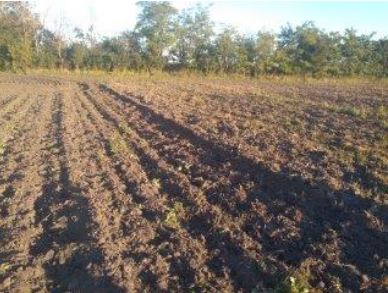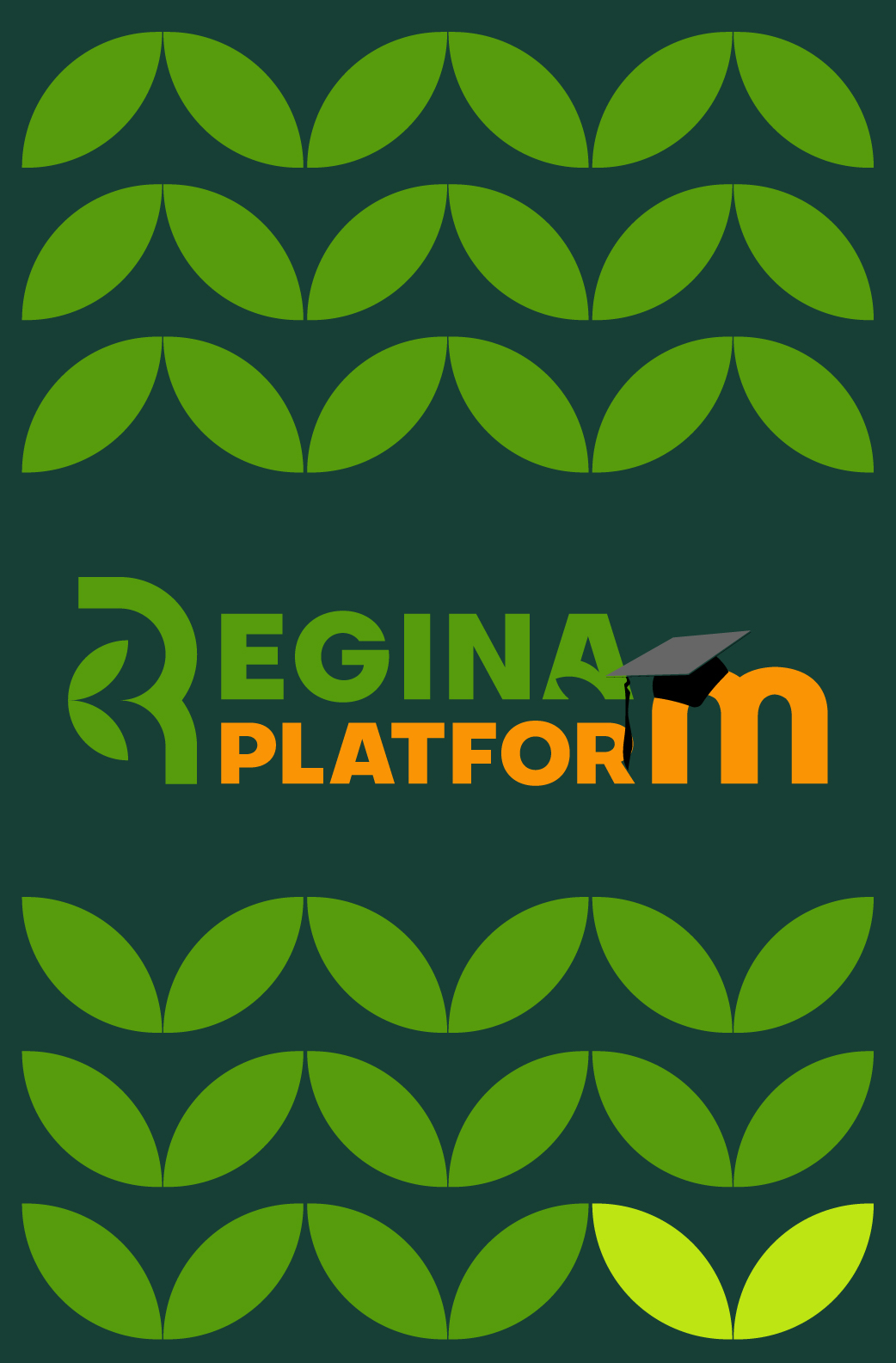Farkasdiné Fekete Vilma
Success Story
The personality and farm of Farkasdiné Fekete Vilma significantly contributes to the development of the agricultural sector in Hungary. The farm, located in the village of Mezőörs, plays a prominent role in Győr-Moson-Sopron County. Farkasdiné Fekete Vilma is an extremely dedicated and responsible farmer.
The farm boasts a large land area, spanning 140 hectares. It is operated as a family farm, with her husband and sons, all of whom are agricultural engineers, and they do not employ seasonal labor. Vilma understands that farming is not an easy task and that proper manpower is essential for maintaining a successful farm. It seems that through effective labor organization and efficient resource utilization, she manages her farm successfully.
Over the past 5 years, the farm's activities have focused on arable crop cultivation and livestock breeding. During this period, they have grown several types of crops, including wheat, rapeseed, barley, sunflowers, corn, phacelia, and they also have 43 hectares of pasture. In terms of livestock, they raise and breed pigs and sheep. In addition, to add diversity, there is a small orchard on the farm. This diversity demonstrates that Vilma and her family understand the advantages of economic diversification in agriculture, which leads to a more secure and stable farming operation.
During the interview, Vilma revealed that her farm practices regenerative agriculture (RA) techniques. Regenerative agriculture is an approach aimed at restoring soil and the environment while promoting sustainable farming practices. It is crucial for farmers to recognize the benefits of RA, as it can have a significant long-term impact on agricultural production and the environment. Vilma and her family have been applying these practices for years, across the entire farm. RA practices include the use of organic manure, beneficial soil bacteria, cover cropping, crop rotation, and the planting of hedgerows. These measures not only increase the farm's efficiency but also contribute to soil quality improvement, prevention of soil depletion, and successful crop cultivation.
In order to implement RA practices, Vilma and her family not only learned from their parents but also gathered knowledge from various sources. While they didn't participate in specific RA training, they continuously educate themselves on issues affecting their farm, read agricultural literature, and consider the opinions of experts. One of her sons even obtained a Precision Agriculture engineering degree. This shows that the farmers are open to absorbing new information and constantly strive to improve their farm.
Thanks to RA practices, farmers also contribute to environmental protection and sustainable farming, which can have long-term benefits for both their farm and the environment. However, it's important to note that agriculture is always fraught with challenges, and the introduction of regenerative agriculture is not always easy. To overcome potential obstacles, they likely cooperated closely, relied on each other's support and experience.
Due to RA practices, environmentally friendly and sustainable farming, they contribute to nature conservation and biodiversity preservation. Furthermore, the restoration and preservation of soil fertility can lead to sustainable agricultural production in the long run, which is critical for the future success of the farm.
Vilma and her family seem satisfied with RA practices and intend to continue implementing them in the future. Their commitment to environmentally conscious farming and the positive results achieved on their farm reinforce their belief that they made the right decisions when they embraced regenerative agriculture. However, they note that they do not plan to change their existing RA practices or the range of crops they cultivate.
The case study of Vilma Farkasdiné Fekete is an excellent example of how sustainability and ecological approaches can bring significant benefits to the agricultural sector. The adoption of regenerative agriculture allows farmers to responsibly care for natural resources and contribute to environmental protection. Sharing and spreading such best practices can contribute to the broader development of the agricultural sector and the promotion of environmentally conscious agriculture.
In summary, the REGINA case study is an inspiring story of how agriculture can be improved and production can be made sustainable through the introduction of elements of regenerative agriculture. The collection and sharing of such good practices can contribute to the broader development of the agricultural sector and the promotion of environmental protection. The example of the REGINA farm proves that regenerative agriculture is not only a more sustainable farming method but can also be the key to the long-term success of agriculture.
LABELS: Hungary, crop production, livestock, biodiversity
|
GENERAL INFORMATION |
|
Location of farm |
Hungary, Mezőörs |
|
Name of the farmer |
Farkasdiné Fekete Vilma |
|
Size of farm |
140 ha |
|
Permanent staff |
3 |
|
Main products of farm |
Wheat, Rape, Barley, Sunflower, Maize, Phacelia, Pig, Sheep and Fruits |
|
CURRENT REGENERATIVE AGRICULTURE PRACTICES ON THE FARM |
|
Farmland cultivated with RA practices |
All |
|
Crops produced with RA practices |
Wheat, Rape, Barley, Sunflower, Maize, Phacelia |
|
Duration of using RA practices |
Since 1990 |
Read more information in pdf...

The REGINA project (No. 2021-1-HU01-KA220-HED-000027629) was funded by the European Commission. The content of this website does not necessarily reflect the views of the European Commission.
Call 2021, KA220 – Cooperation Partnerships in Higher Education
The European Commission’s support for the production of the publications does not constitute an endorsement of the contents, which reflect the views only of the authors, and the Commission cannot be held responsible for any use which may be made of the information contained therein.


